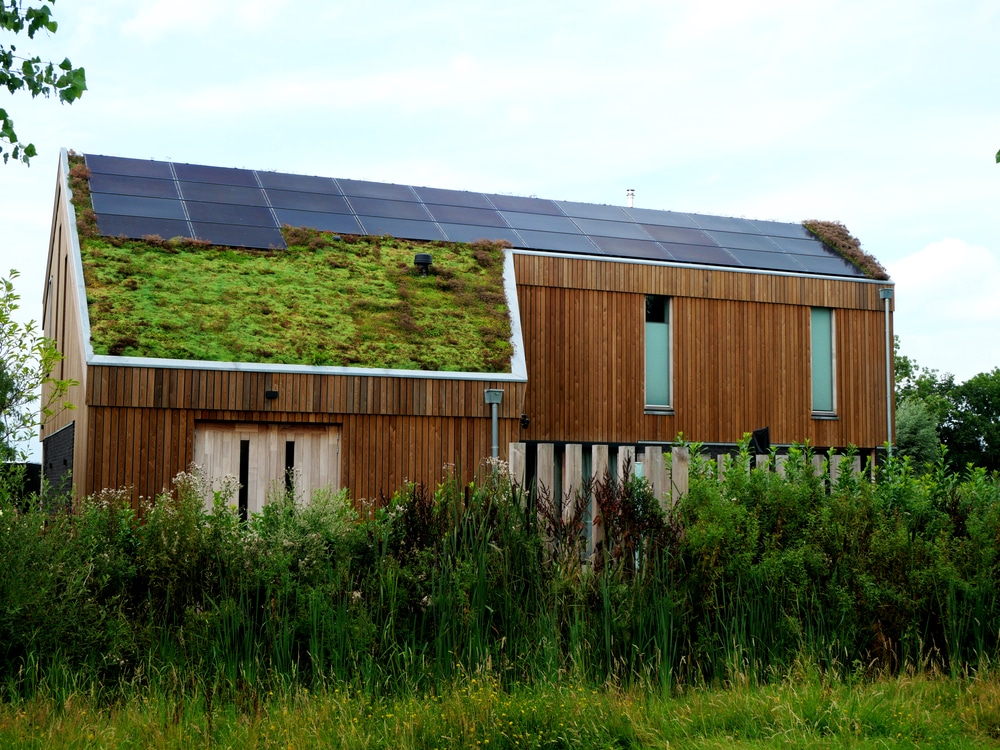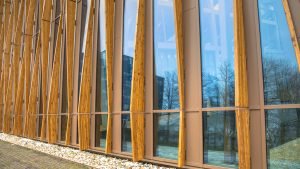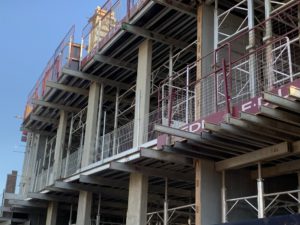The world is continuously taking steps towards a Net Zero future, and buildings play a crucial role in this transformation. Whether you’re building from scratch or upgrading an existing home, achieving Net Zero carbon means balancing energy use with renewable energy generation while reducing emissions.
This is something that we have strived to be at the forefront of since day one. That’s why we have decided to launch a new blog series centred all around the net zero pathway, guiding you through the key principles, technologies, and strategies that make Net Zero carbon buildings a reality.
This blog is the first in that series and will start with the core pillars: energy efficiency, low-carbon heating, and renewable energy.
1. Energy efficiency: use less, save more.
Buildings consume energy for heating, hot water, ventilation, lighting, and appliances. The more efficient a building is, the less energy it needs, reducing both carbon emissions and running costs.
Key metrics for energy efficiency include:
- Space Heating Demand (kWh/m²/yr)
- Energy Use Intensity (kWh/m²/yr)
Ultra-low-energy homes, such as those built to Passivhaus standards, require minimal heating due to high insulation, airtight construction, and heat recovery ventilation systems.
2. Low-carbon heating and a departure from fossil fuels.
Traditional gas and oil boilers are being phased out in favour of clean heating technologies. Heat pumps – which extract heat from the air, ground, or water – are an efficient and sustainable option. They not only cut emissions but also keep energy bills low.
New buildings must install low-carbon heating systems from the start, while existing homes need to transition away from fossil fuels as soon as possible.
The rise of renewable energy.
To be truly Net Zero in operation, a building must generate as much renewable energy as it consumes over a year. An effective way to do this is by installing solar photovoltaic (PV) panels.
Even if full on-site generation isn’t possible, connecting to green energy providers ensures buildings operate with minimal environmental impact.
Where does embodied carbon come into it?
Operational emissions from energy use are just one part of the puzzle. The materials used in construction – such as concrete, steel, and insulation – also have a carbon footprint from manufacturing, transport, and disposal. This is described as embodied carbon.
Reducing embodied carbon means making smarter material choices, using recycled or bio-based products, and designing for longevity and adaptability.
Utilising smarter, decarbonised energy systems.
As the grid becomes greener, electrification is the way forward. The carbon intensity of electricity has dropped significantly in recent years and will continue to decline. To support this shift:
- Smart metres and variable electricity tariffs help match energy use to times of high renewable generation.
- Home energy storage (like battery systems and hot water tanks) maximises efficiency.
- Electric vehicle (EV) charging at home integrates seamlessly with a Net Zero lifestyle.
What do the experts think?
Andrew Sadler, Director at Buildpass, said:
“The transition to Net Zero buildings isn’t just about technology; it’s about mindset. By making informed decisions about energy use, heating, materials, and renewable generation, we can create homes and workplaces that are efficient, comfortable, and future-proof.”
Stay tuned for the next post in this series, where we’ll dive deeper into practical steps for making your home Net Zero-ready. For more support on your journey to a carbon-neutral future, contact us to book a free consultation.




















